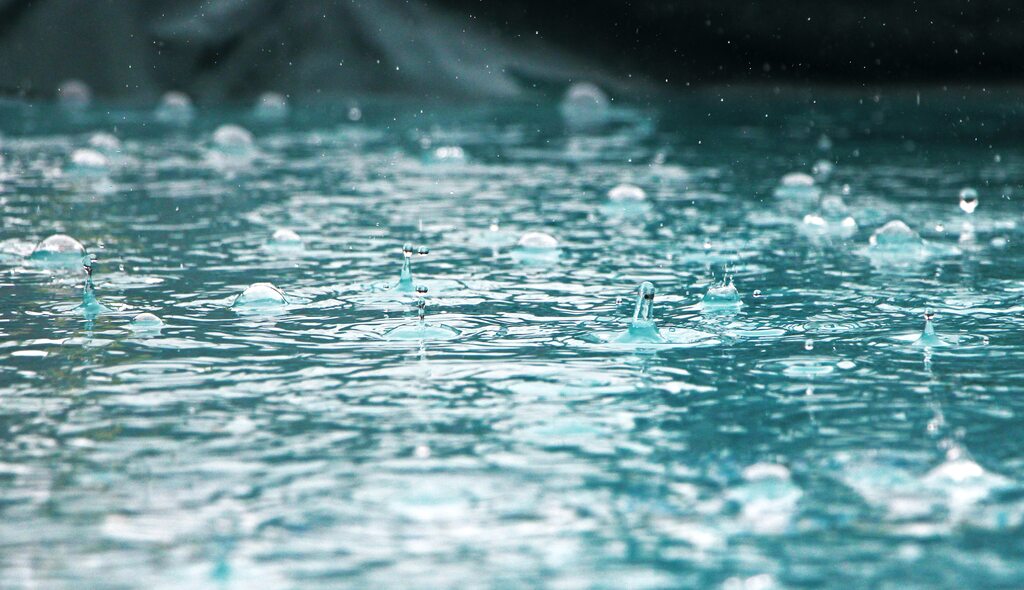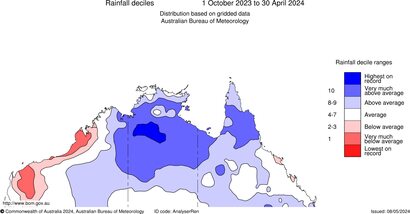
NEVERENDING: BoM confirms Douglas Shire has just endured ninth wettest 'wet season' in local history
HIGH RAINFALL

If you’ve been thinking the Douglas Shire has experienced a longer, wetter than average wet season, you’re right.
A look at data since the start of the typical northern wet season – October – confirms what we’ve all been thinking – that Douglas and other areas around it have had “very much above average” rainfall over the season.
Nearly five metres of rainfall was recorded at the fairly centrally located Whyanbeel weather station from October 2023 to May 2024.
It comes as no surprise that just under half of that fell in December alone – when Tropical Cyclone Jasper and its ensuing deluge hit the Shire, especially around the Mossman and Daintree areas.
But there’s also been a further two-point-seven metres of rain since then, including the month of May.
To put in perspective the Bureau of Meteorology (BoM)’s “very much above average” category on its rainfall observation map (pictured below)– the total area average for most of northern Australia over the 2023–24 wet season (October 2023 to April 2024) was 628.0mm, which was 34% above the 1961–1990 average of 476.4mm.
But at 4,839mm rainfall in the same period, Whyanbeel, near Mossman substantially dwarfed that northern Australia average.
The BoM said the rainfall over the 2023–24 wet season was the ninth wettest on record (compared to all years since 1900–01).
Whyanbeel BoM Station
The annual rainfall total so far this year (up to May 30) at Whyanbeel was 2732.4 mm. The wet season total there (including May) was 4,969.2mm.
Rainfall in millimetres at Whyanbeel, October 2023-May 2024
Oct 37.8 | Nov 61.2 | Dec 2137.8 | Jan 799.2 | Feb 387.0 | Mar 973.4 | Apr 442.6 | May 130.2 |
BoM outlook
As for the rest of the year – and the “delayed dry season” – BoM is keeping its forecasts general for the Far North including for the Douglas Shire.
“While there are some areas of the northern coasts of Australia where June to August rainfall is expected to be below average, and some parts of Queensland’s east coast where it is expected to be wetter than average – it’s important to note that tropical northern Australia typically receives very low rainfall during this time (large areas receive less than 25 mm for the season), and only a small amount of rainfall is needed to exceed the average,” a BoM spokesman told Newsport.

